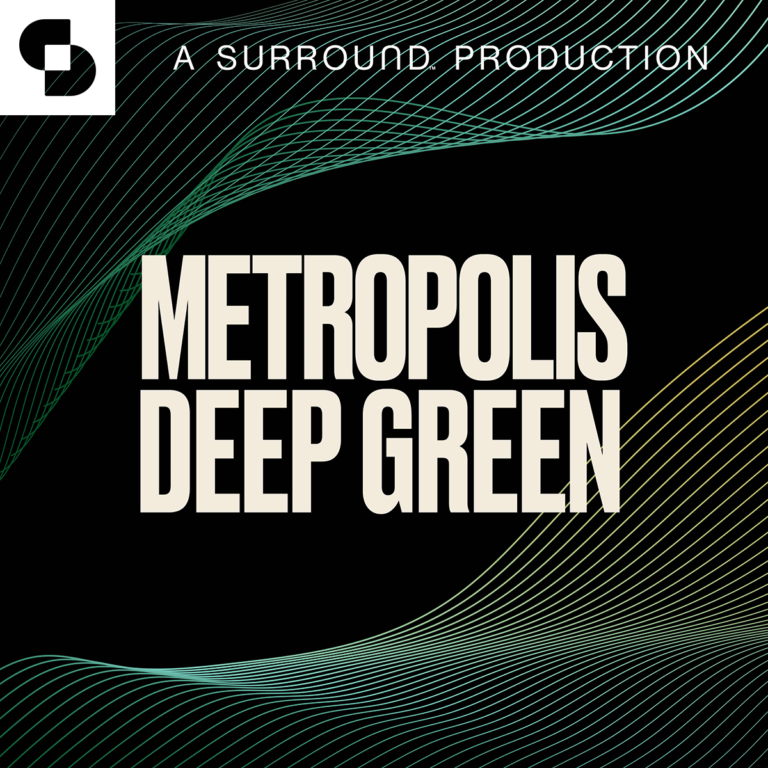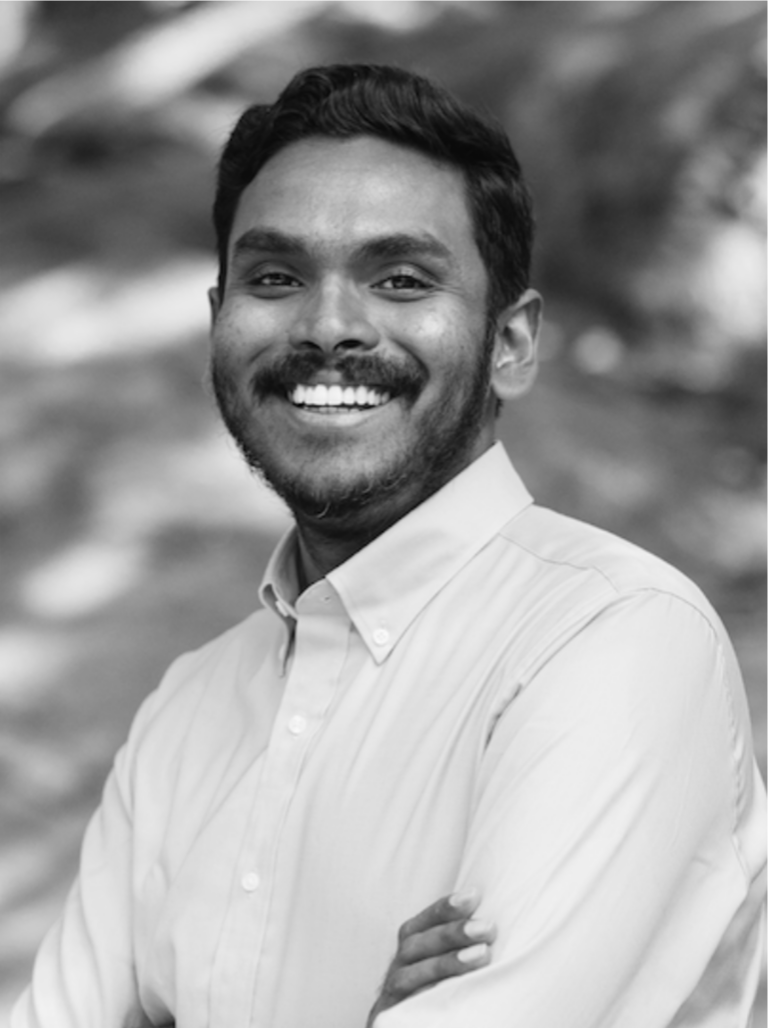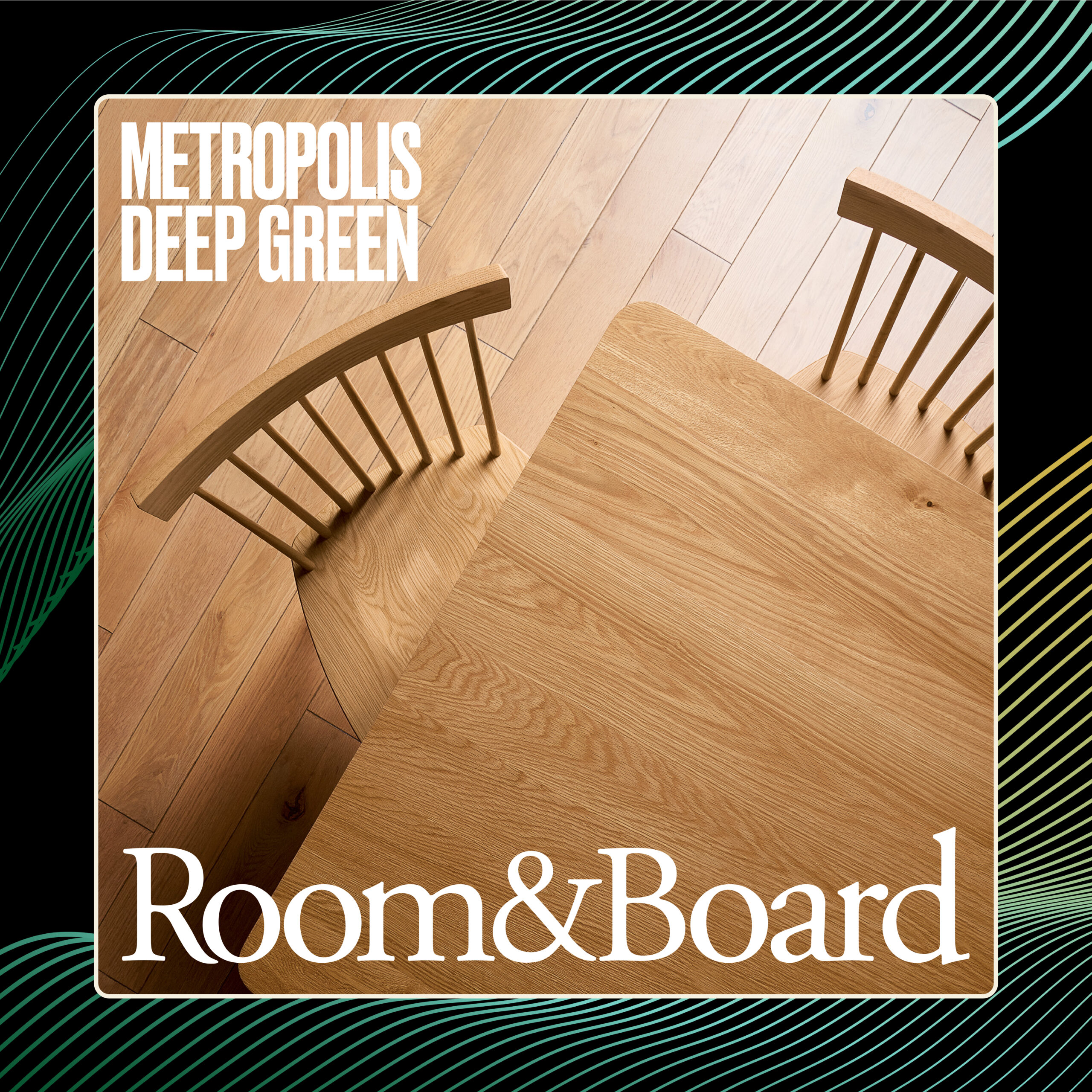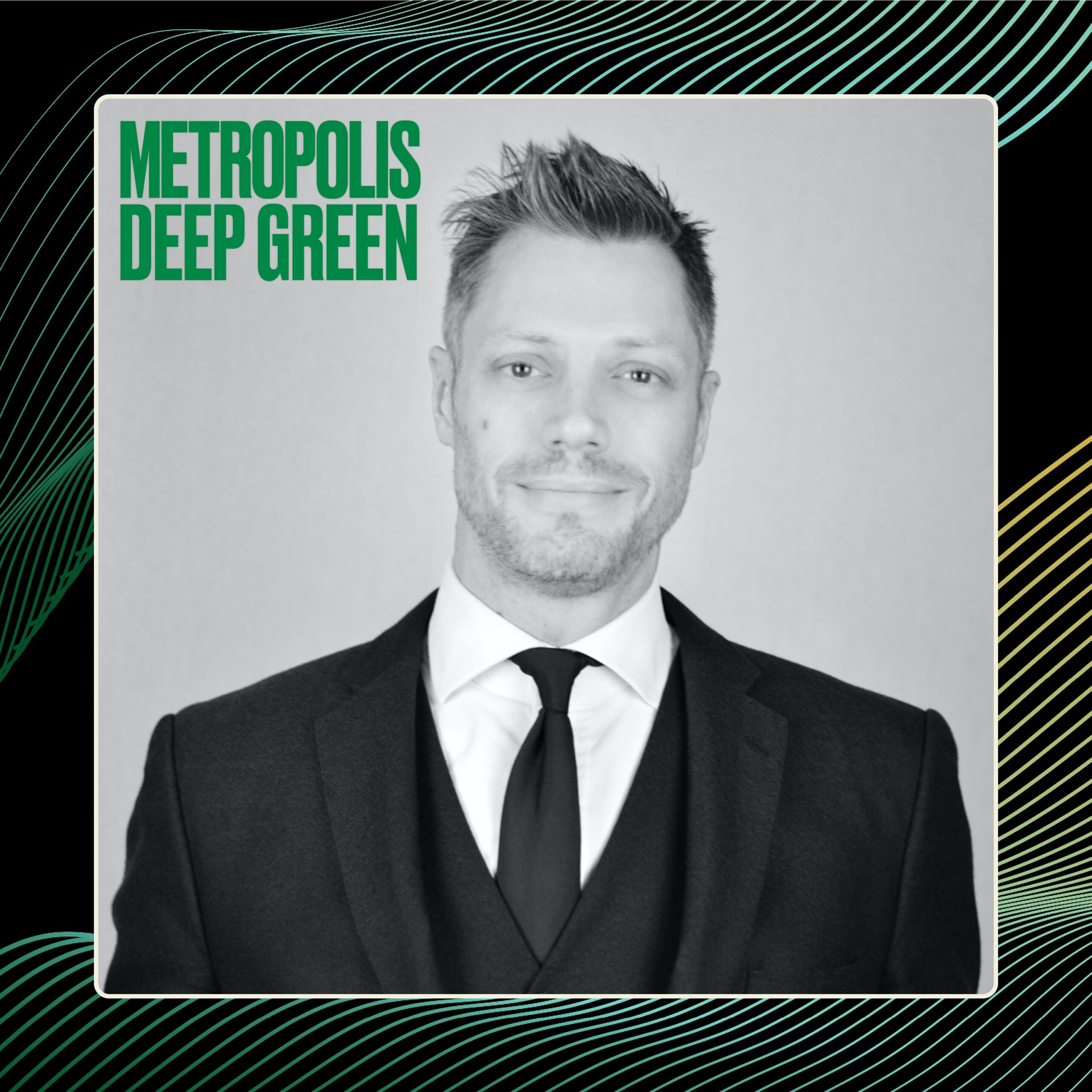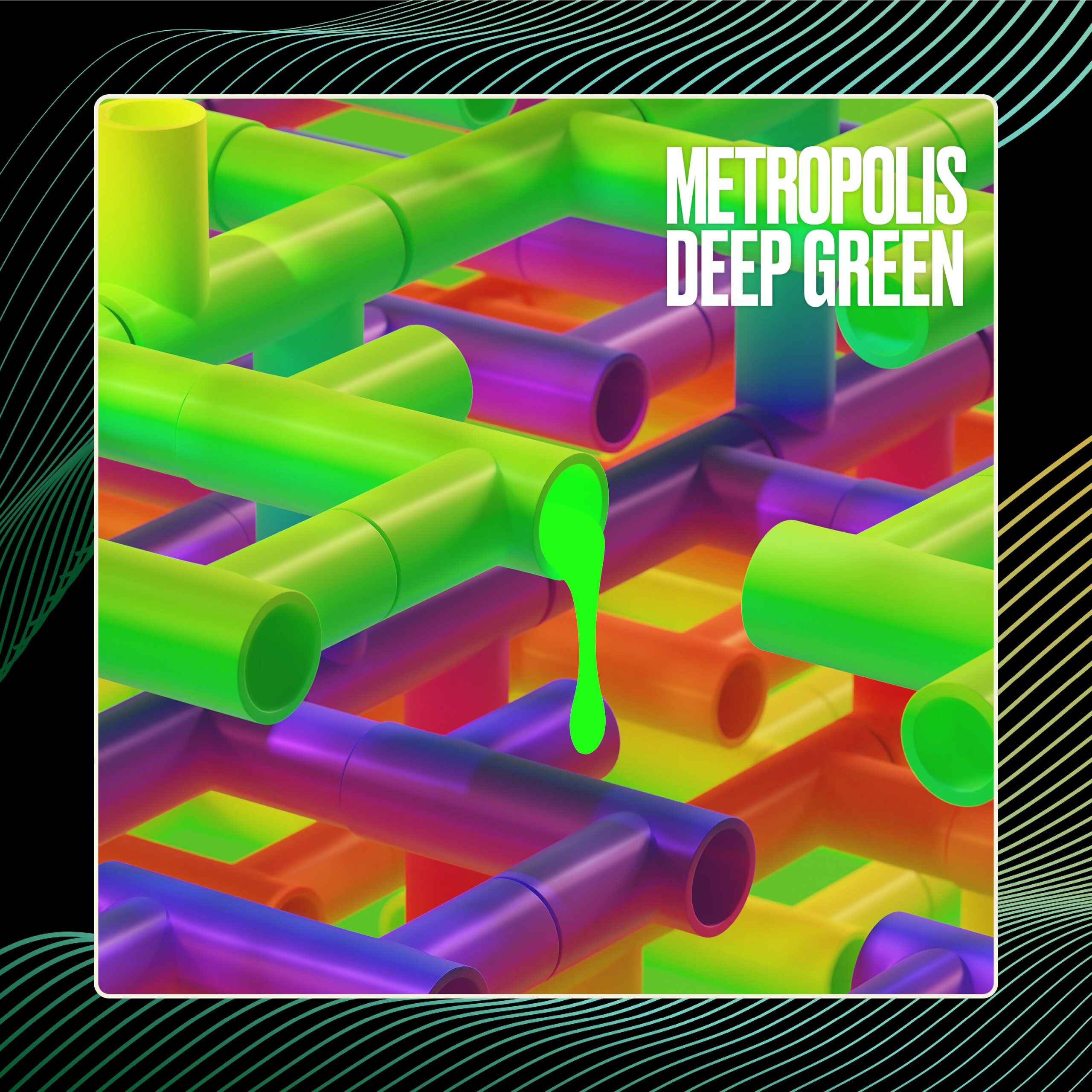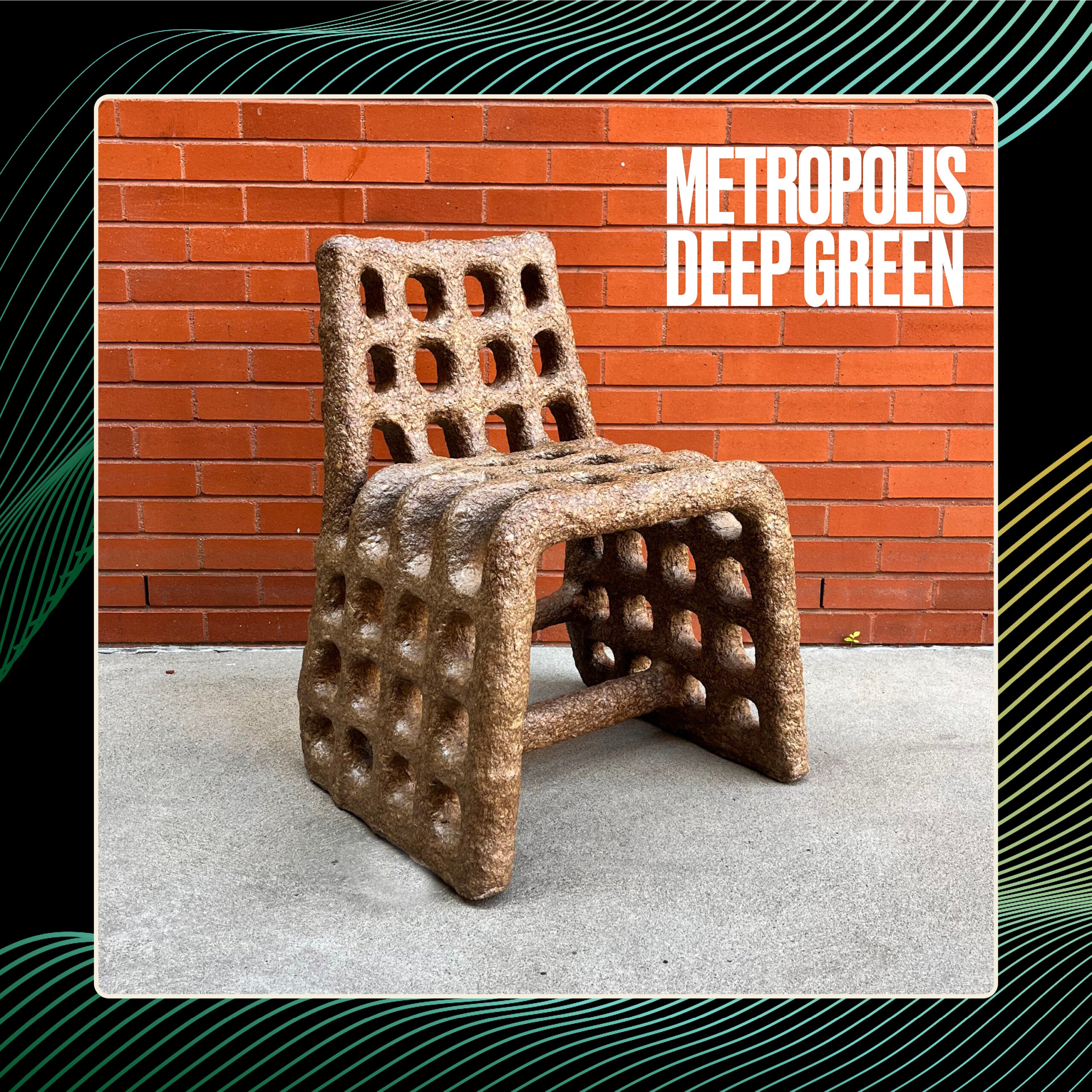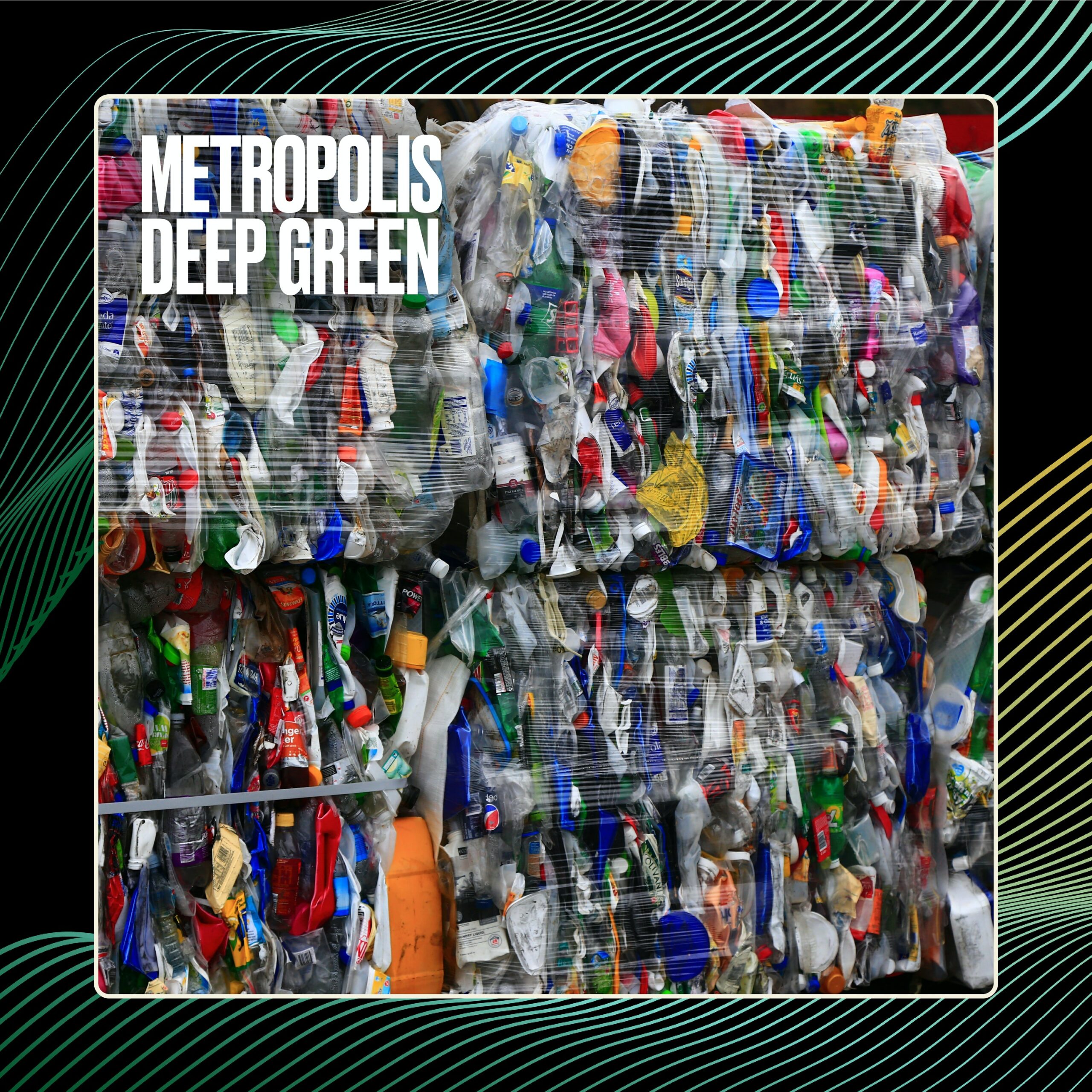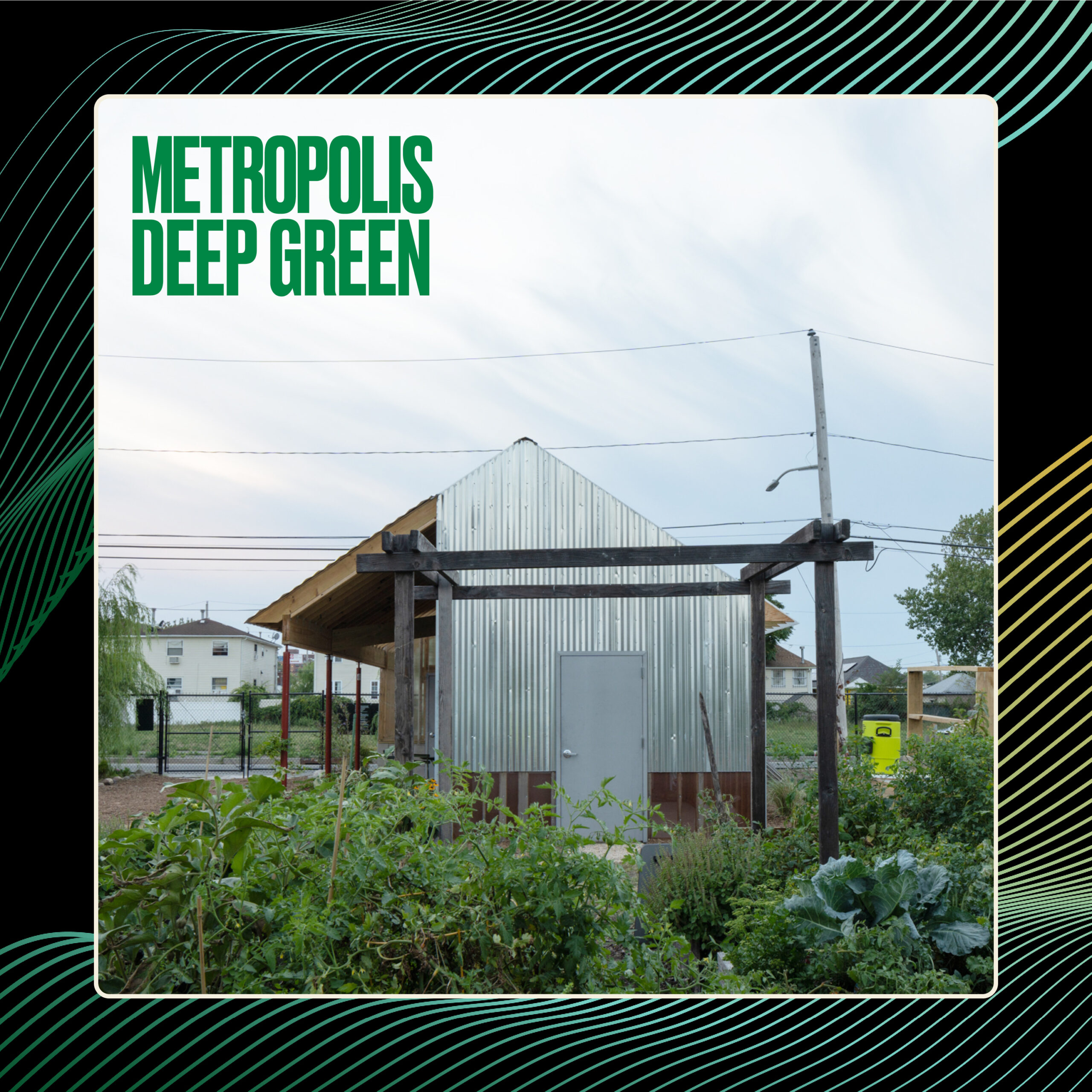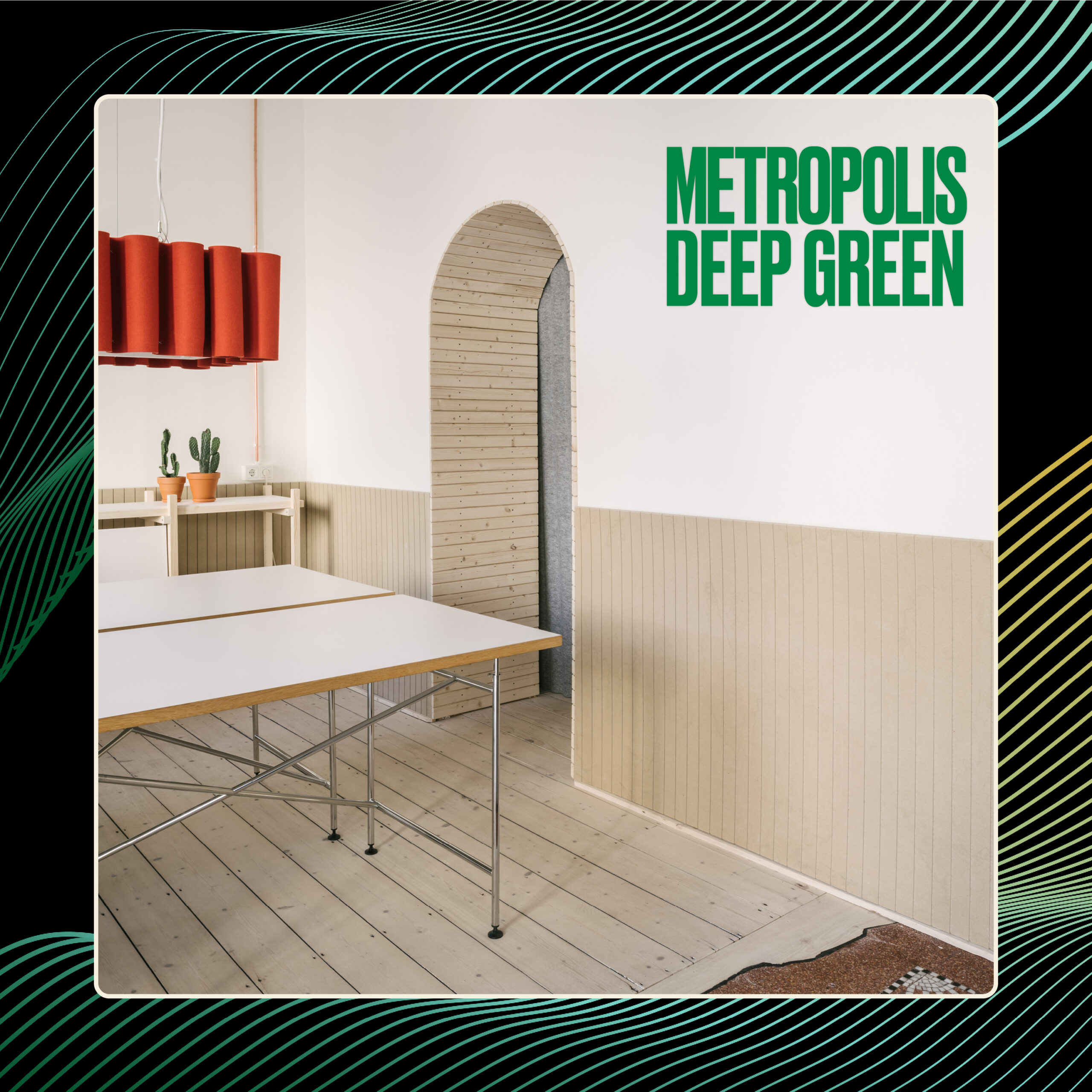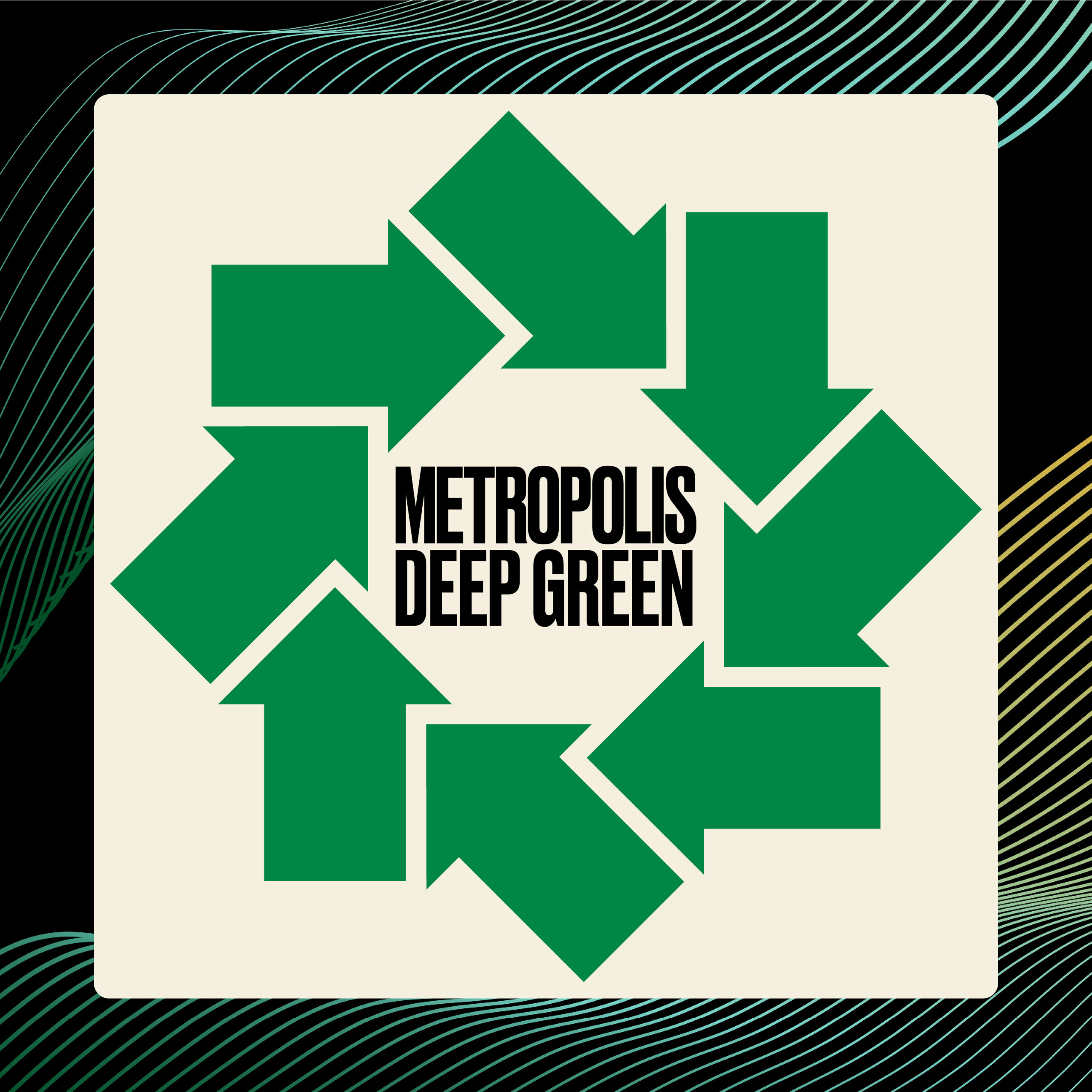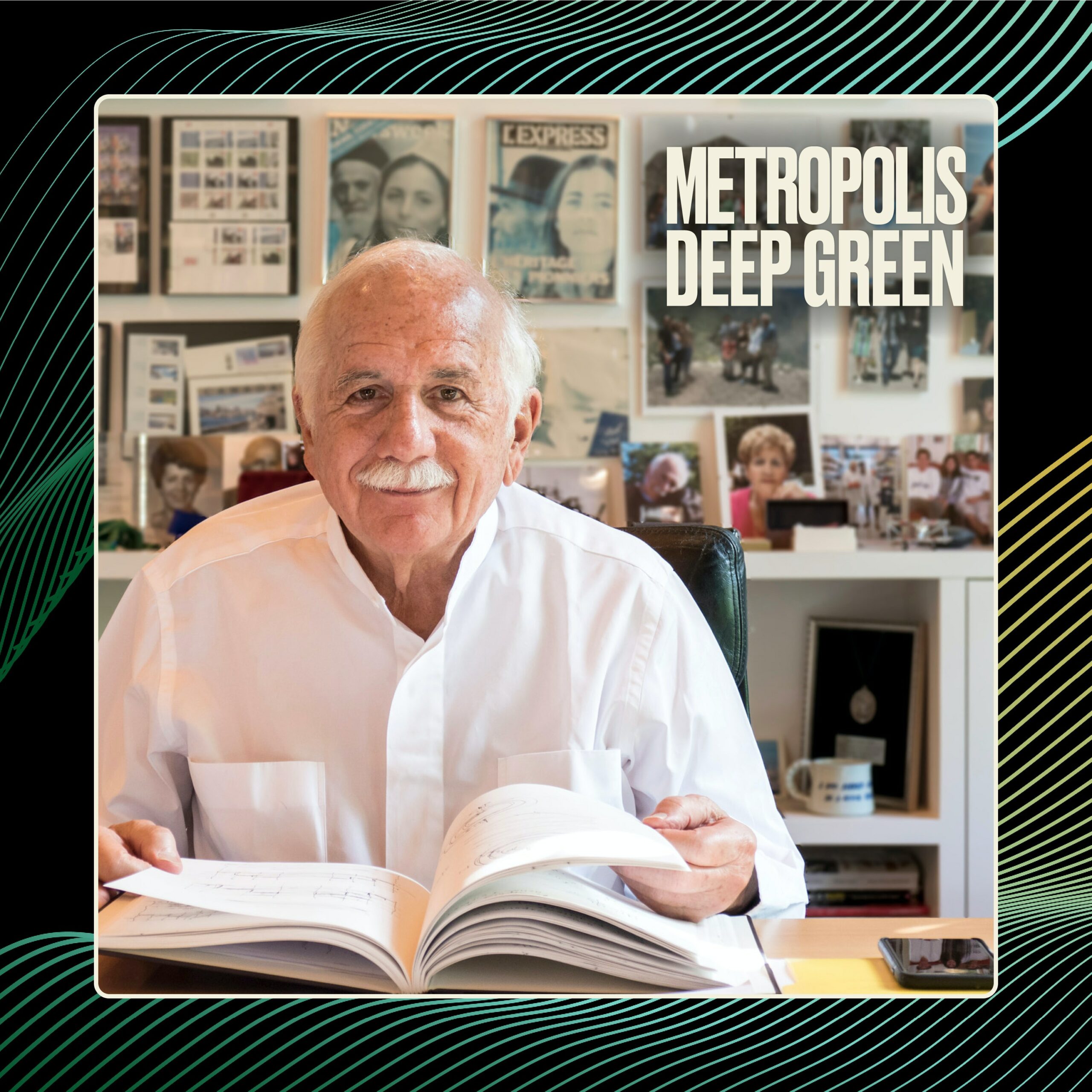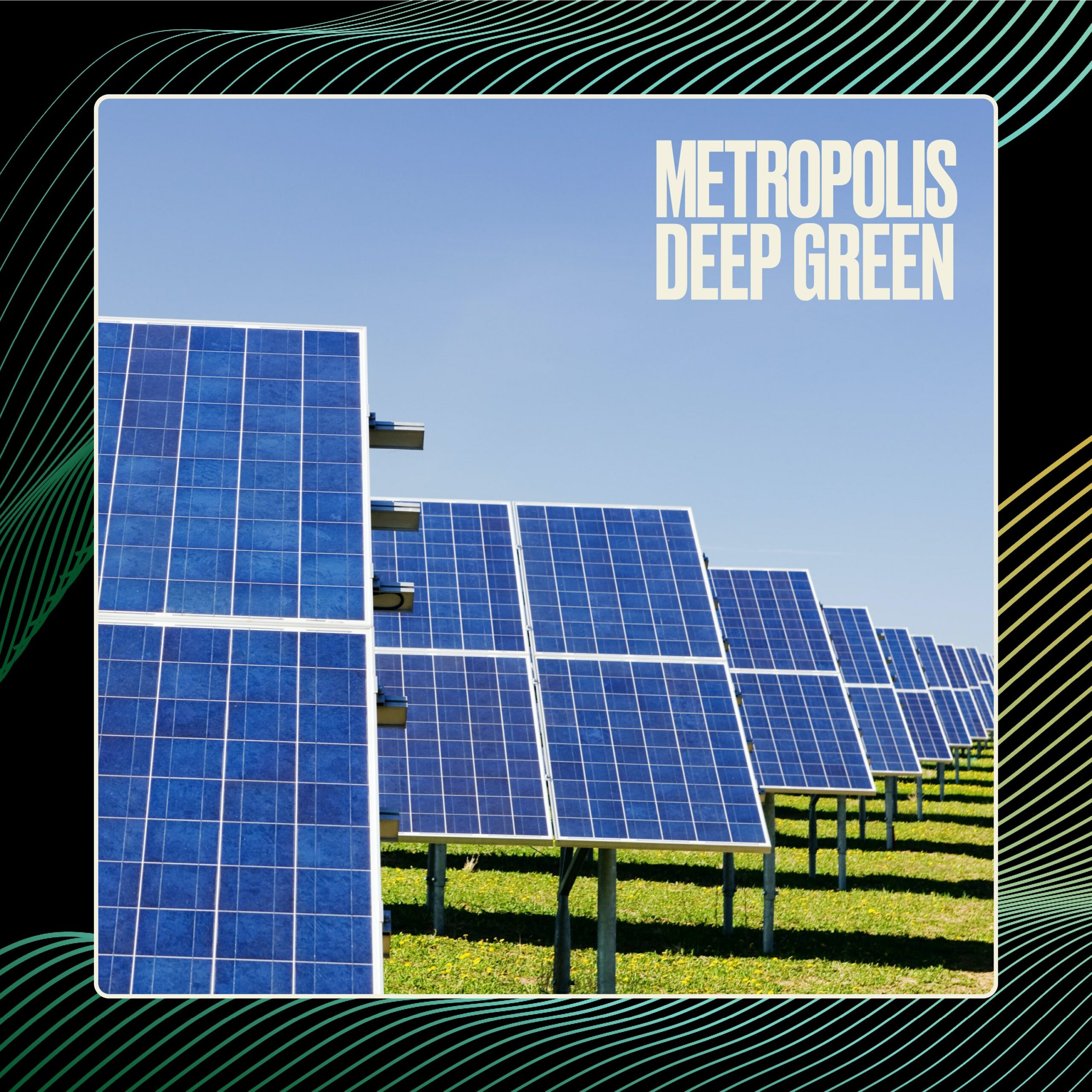In this bonus episode of Deep Green, host Avi Rajagopal expresses his heartfelt thanks to our dedicated listeners for their support throughout the recently concluded mini season. Rajagopal unveils an impressive roster of upcoming guests planned for our Summer Season, which will kick off with a conversation with renowned architect Carol Ross Barney in an episode recorded live at NeoCon 2023.
We also share snippets of discussions with other guests joining us this season, including international architect Moshe Safdie, sustainability trailblazer Katie Ackerly, and community energy advocate Daphany Rose Sanchez. Dive into this episode to bridge the gap between past insights and future dialogues, setting the stage for more captivating conversations on sustainability.
Connect with our host Avi Rajagopal on LinkedIn!
Discover more shows from SURROUND at surroundpodcasts.com. This episode of Barriers to Entry was produced and edited by SANDOW Design Group. Special thanks to the podcast production team: Wize Grazette, Hannah Viti, Samantha Sager and Rob Schulte.
Although the transcription is largely accurate, in some cases it is incomplete or inaccurate due to inaudible passages or transcription errors.
Avi Rajagopal: [00:00:00] Hi everyone, this is Avi Rajagopal, Editor in Chief of Metropolis and the host of Deep Green. I hope you’ve had a great time listening to these last three special episodes. Our conversations with sustainability pioneers, John Wolfling, Sharon Prince, and Paula Antonelli. We have some really exciting content coming up for you in just a few weeks.
In early August, we’re going to have a new slate of deep green episodes for you. And each of them, as usual, tackles a really interesting topic. From multiple perspectives, digging into unique developments, just to give you a small taste. We’re going to talk about the new interest in solar energy and specifically community solar projects, ways in which urban design and community activism are coming together.To create energy equity for people.
Daphany Rose-Sanchez: Yeah, [00:01:00] so the benefits of community solar, there’s a couple of different benefits, right? So if you are aggregating a bunch of homes within your community or doing it in a building. You, as the owner, are able to acquire electrical benefits from it, and capital benefits from it, and then your tenants are also able to acquire a deduction or a discount on their bill.
Avi Rajagopal: Communities are able to invest in their own solar facilities and control their own energy production, maybe for the first time. It seems like a dream, but it’s happening right here in my backyard in Sunset Park in New York City. Also coming up is a conversation about biophilia with the renowned architect Moshe Safdie, known of course for bringing vegetation and greenery into some of the most dramatic and beautiful spaces around the world.
Safdie has been integrating nature and architecture for many decades now, and he really presents a unique [00:02:00] perspective on the value of biophilia in the future of the built environment.
Moshe Safdie: How do we create the public realm that’s truly public, accessible, part of the city, and integrates nature? And so now we’re thinking integrating nature at the scale of airports and city centers and Large complexes and that’s bringing thousands of trees and a whole different scale of bringing plant life into urban development.
Avi Rajagopal: Also coming up is a conversation with Katie Ackerley at David Baker Architects about whether sustainability must remain the domain of those with privilege and economic prosperity. We’re going to talk about whether affordable sustainability is a realistic and achievable goal. I would
Katie Ackerly: say my clients are mission driven clients. They very much care about the whole comprehensive or integrated solution set. That doesn’t mean that they have the resources to prioritize all those things. So you [00:03:00] definitely have a split incentive problem here too. So the split incentive being. For an owner to invest in technologies or design measures that benefit the cost burden on the residents, they need to have a financial interest on behalf of the residents.
Avi Rajagopal: As Katie has found out in her own projects, many of them affordable housing, the way we think about sustainability when we’re dealing with tight budgets and site constraints might be a little different than how we think about it on some of the more expansive projects we’re used to. And as a special treat, we have a deep conversation about public benefit, private enterprise and investment, urban design, and of course, sustainability and equity with AIA gold medal winner, Carol Ross Barney.
Carol Ross-Barney: I feel that it’s my purpose and essentially everybody’s purpose to leave the planet. I think that’s why I am an architect, why I’m a planner. And I’ve found that to do that, [00:04:00] I have to believe that I’m an owner of the space. So when we work on a space in the studio, we think about owning that space to the point where I think it’s the obligation of designers.
To be citizens, they need to be citizen designers. You are the client as well as the designer. And when that’s in the back of your mind or the front of your mind, it’s much easier to make decisions that are based on concept of principle
Avi Rajagopal: and equity. Carol and I spoke at the Merchandise Mart in Chicago during Neocon, which is of course one of the largest gatherings for the commercial interior design industry here in the United States.
In addition to this amazing conversation with Carol, we also were able to undertake a wonderful set of initiatives at Neocon. We hosted a sustainability lab where we were able to showcase products that make a difference for people and planet. We were able to bring together some of the associations in our industry in design and [00:05:00] manufacturing and architecture to have a conversation about the future of interior design.
In light of our goals for designing for climate health and equity, we do a lot here at Metropolis to make sure that the architecture and interior design professions can keep its focus on the impact we make on communities and on ecosystems. All of our content is available, of course, on our website, metropolismag.com, in videos at designTVbysandow. com, as well, of course, on Deep Green, our podcast on surroundpodcasts.com. We have lots of great content for you across all our channels, and of course, right here on Deep Green, available wherever you get your podcasts.

